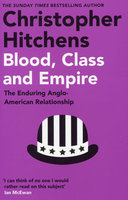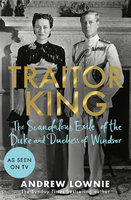New, Quality Gift Books - 50-90% off - over 2500 titles
Your basket is empty.
Categories History ENGLAND, FRANCE, AND AQUITAINE:
ENGLAND, FRANCE, AND AQUITAINE:
Book number: 95083
Product format: Hardback
In stock
Bibliophile price
£10.00
Published price
£25
Customers who bought this product also bought
|
FIXER & FIGHTER
Book number: 95087
Product format: Hardback
Bibliophile price
£8.00
Published price
£19.99
|
TO THE END OF THE WORLD
Book number: 92336
Product format: Paperback
Bibliophile price
£4.00
Published price
£9.99
|
BLOOD, CLASS AND EMPIRE
Book number: 94494
Product format: Paperback
Bibliophile price
£4.50
Published price
£12.99
|
|
TRAITOR KING
Book number: 94105
Product format: Hardback
Bibliophile price
£10.00
Published price
£25
|
BETRAYAL IN BERLIN
Book number: 95001
Product format: Paperback
Bibliophile price
£6.50
Published price
£12.99
|
GIN: Shake, Muddle, Stir
Book number: 95091
Product format: Paperback
Bibliophile price
£7.00
Published price
£9.99
|
Browse this category: History










